News
News and announcements.
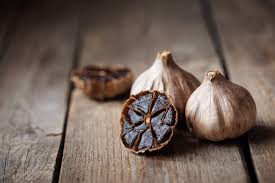
Addressing Concerns: Is the Dark Color of Black Garlic Due to Burning or Mold?
If you’ve ever encountered black garlic—perhaps in a gourmet shop, at a farmers’ market, or featured in a chef’s special—you’ve likely paused at its striking, pitch-black appearance. Is this black color simply burnt garlic? Does it indicate mold? Rest assured, black garlic is neither burnt nor moldy. Its deep, dark hue is the result of a fascinating chemical transformation. Let’s explore how this transformation occurs, why it’s safe to eat, and what this means for both flavor and nutrition.
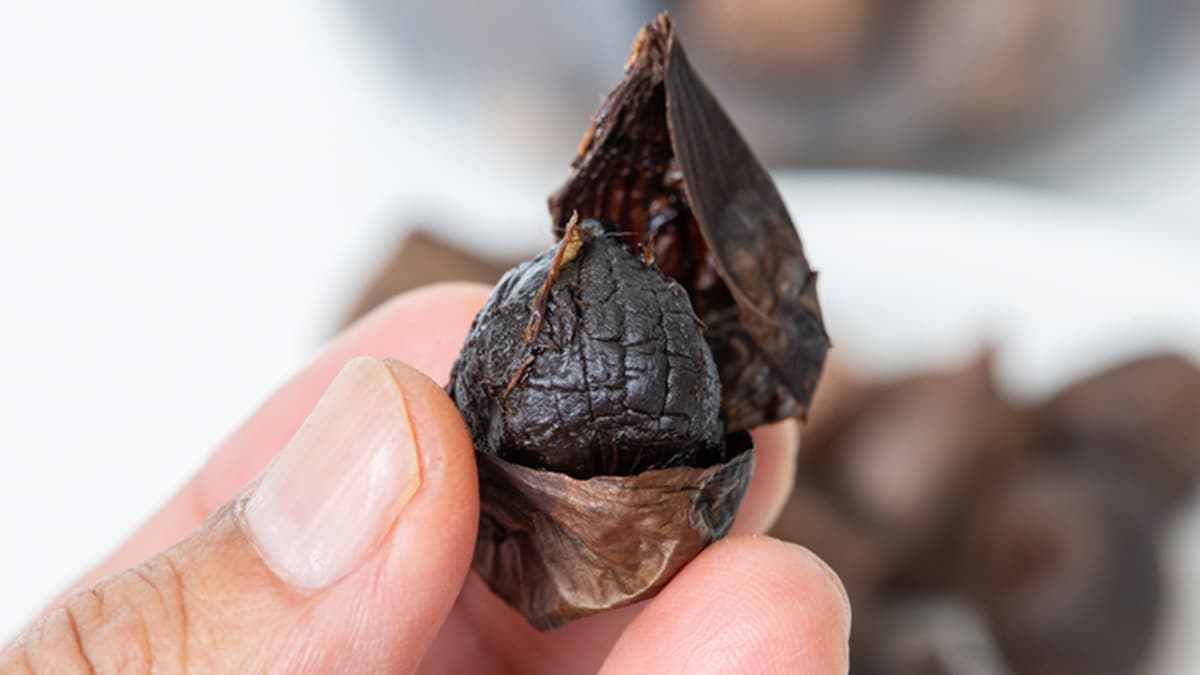
Does Black Garlic Have the Same Pungency or Cause Garlic Breath?
Black garlic is gaining popularity in both professional kitchens and home cooking for its sweet, caramelized flavor and rich umami undertones. Yet, for those who’ve always associated garlic with a strong odor and inevitable “garlic breath,” one pressing question remains: does black garlic pack the same pungency as raw garlic—or carry the same risk of lingering aftertastes? Let’s dig into what makes black garlic so unique and whether you can enjoy it without worrying about overpowering aromas.
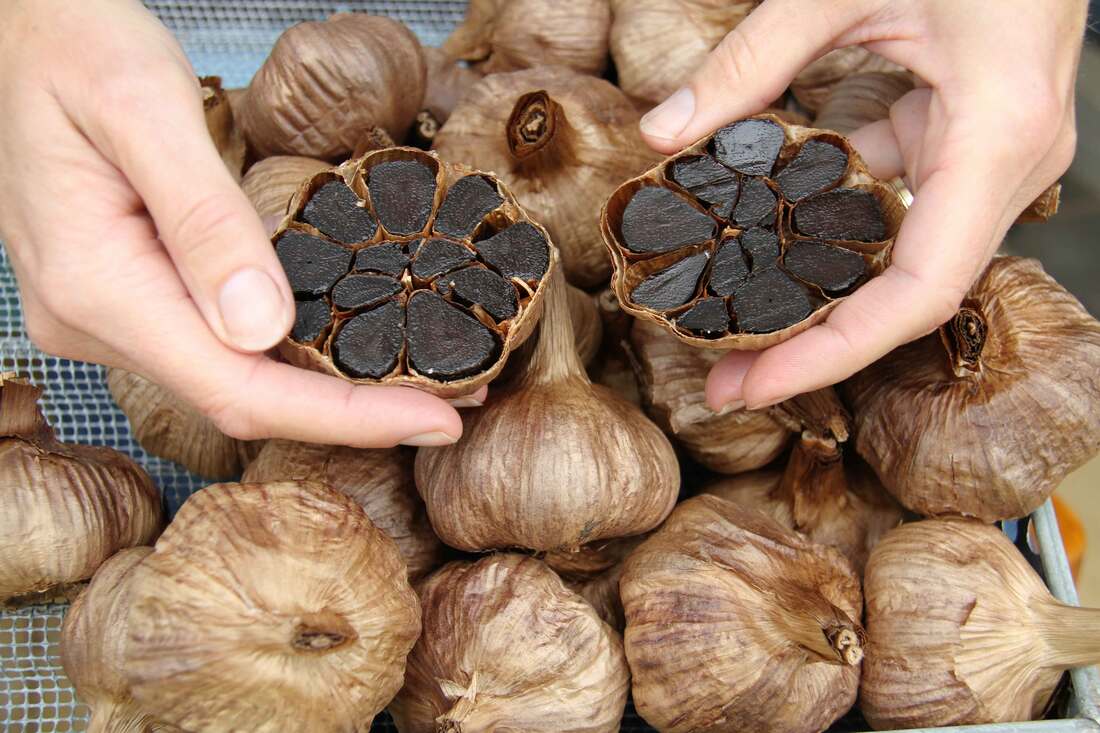
Can You Be Allergic to Black Garlic if You’re Okay with Raw Garlic?
Have you ever found yourself savoring the sweet, umami-laden taste of black garlic—only to pause and wonder if there’s a chance it could trigger an allergic reaction you’ve never experienced with raw garlic? While black garlic stems from the same bulb we use in everyday cooking, its fermentation process does alter its composition. Let’s take a closer look at how (and if) these changes could affect those who typically have no issues with raw garlic.
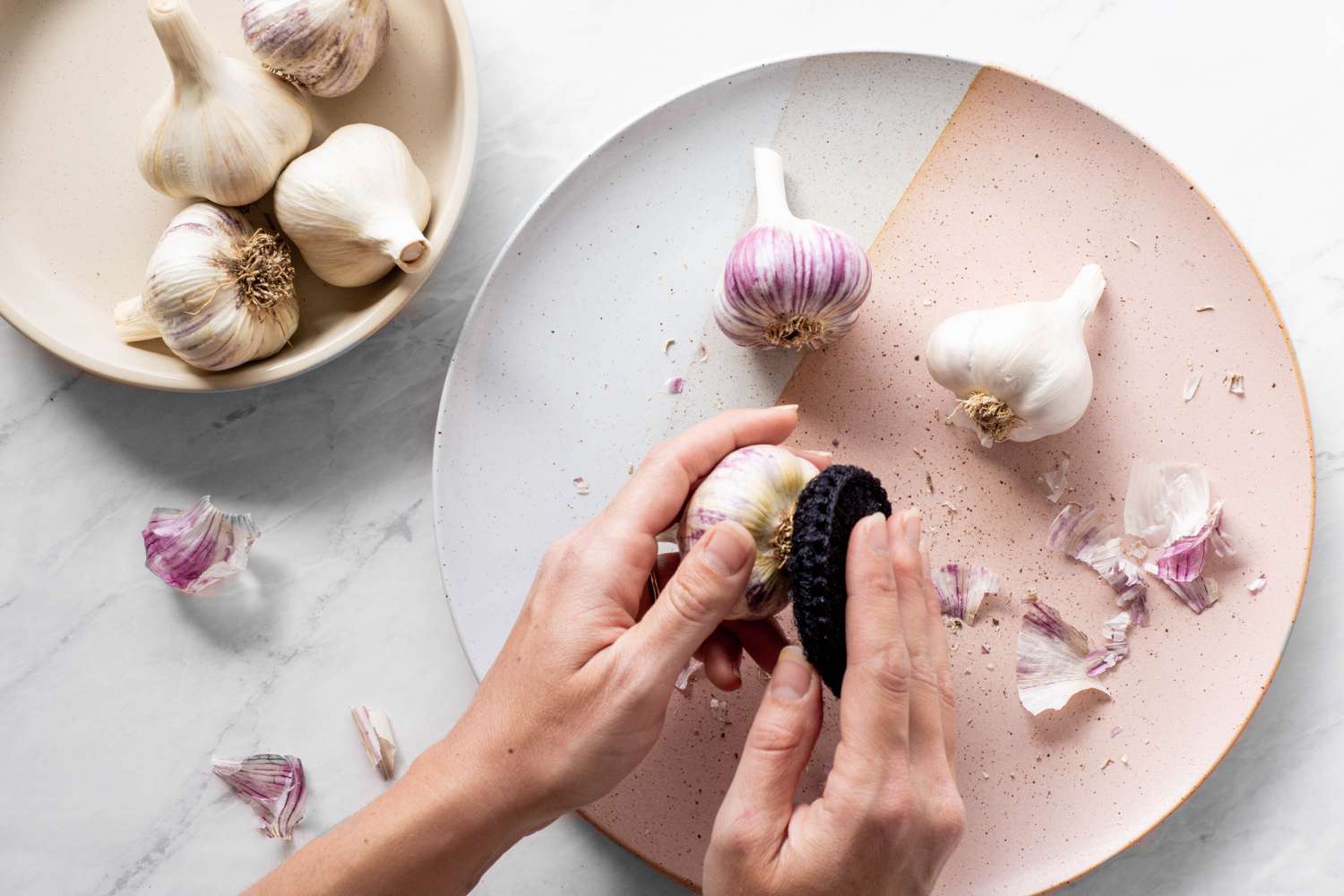
Comparing Local Canadian Garlic Varieties for Black Garlic Production
Black garlic’s sweet, mellow depth often depends as much on the starting garlic variety as it does on the controlled aging process. In Canada, garlic lovers and growers alike benefit from a range of cultivars suited to the country’s diverse climates—from Ontario’s fertile farmland to British Columbia’s mild coastal regions. But which Canadian garlic varieties are best for making black garlic? Below, we delve into notable garlic types grown in Canada, explore their distinctive traits, and discuss how they might influence the flavor and quality of your black garlic.
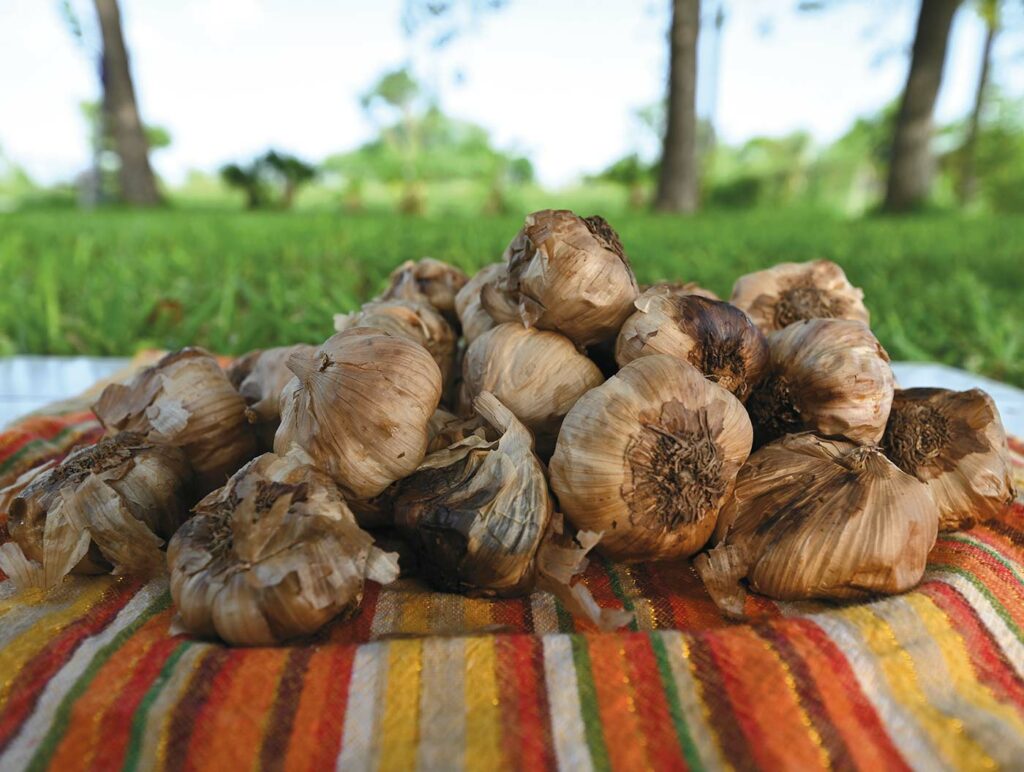
Finding Quality Black Garlic in Europe: Tips for Consumers
Black garlic—a once niche ingredient beloved for its sweetly mellow flavor and soft, almost jam-like texture—has steadily found its way onto supermarket shelves and gourmet shop displays across Europe. But with a growing array of brands and producers, how can you ensure you’re picking up the finest quality black garlic possible? Below, we delve into how to identify authentic, well-made black garlic, discuss leading European sources, and offer practical advice for finding (and enjoying) the best of this sweet-savory delicacy.

Black Garlic Meets German Cuisine: Modern Twists on Classics
Classic German cuisine is often synonymous with hearty roasts, potatoes in various forms, and rich sauces full of savory depth. But what if you could infuse these beloved dishes with a subtly sweet, caramel-like twist—one that adds layers of umami without overwhelming the palate? Enter black garlic, the soft, jammy ingredient that’s captured the hearts of chefs worldwide. Below, we’ll explore how to incorporate black garlic into German favorites, from schnitzel to Spätzle, for a modern fusion that honors tradition while expanding flavor horizons.
Categories
- Black Garlic 59
- Butter 19
- News 63
- Recipes 48
Canoka Products
Discover our premium black garlic products, naturally fermented for exceptional flavor and health benefits.
View Our Products